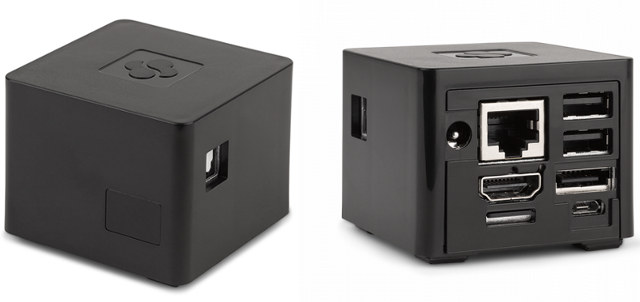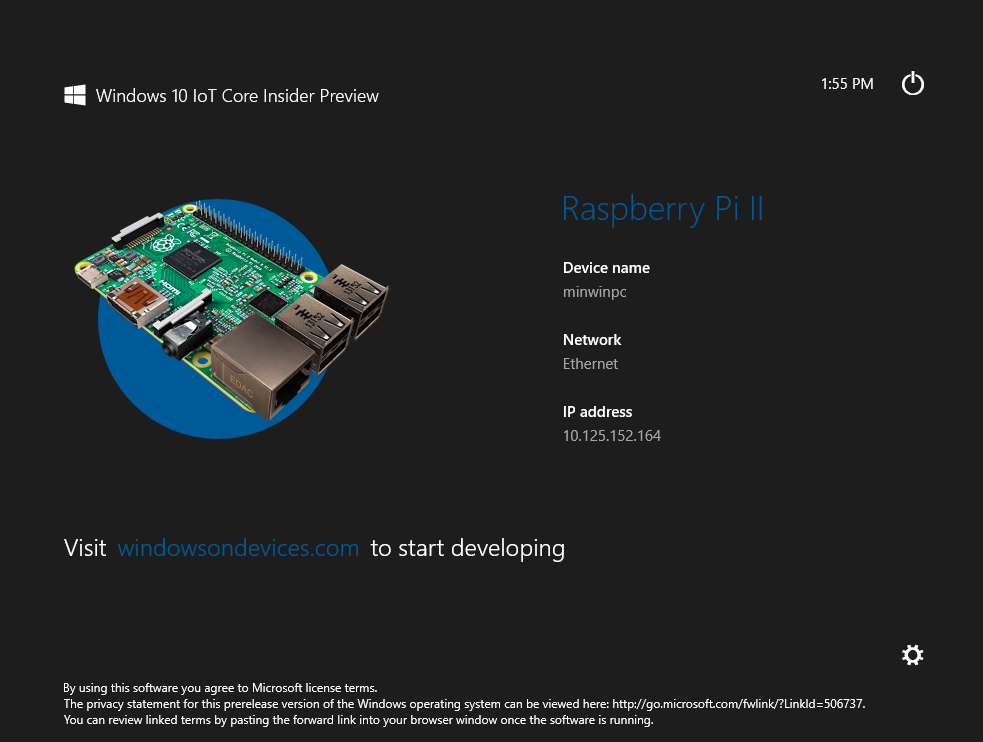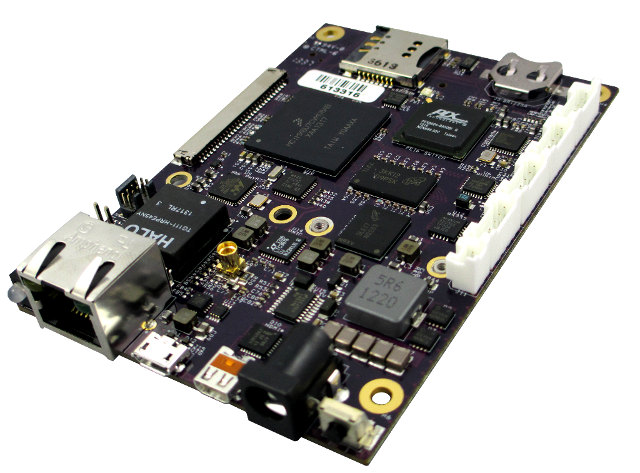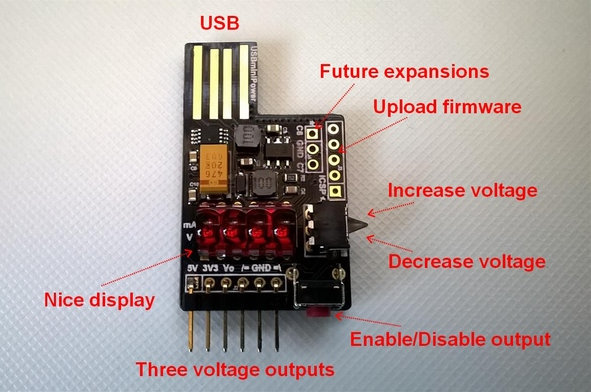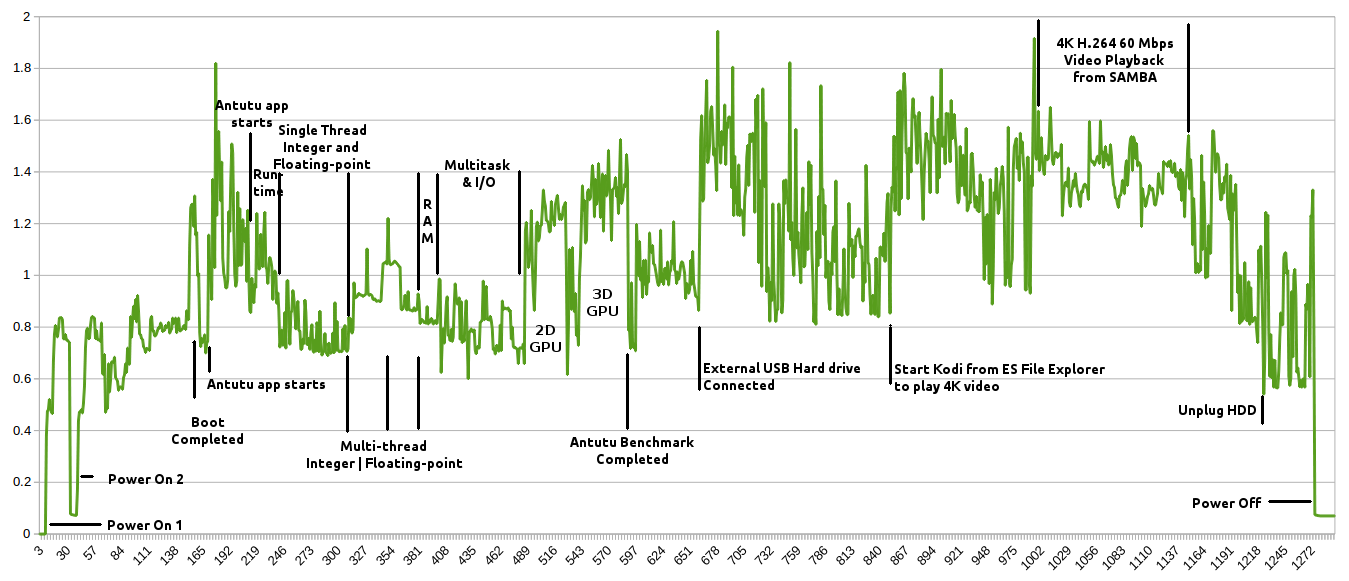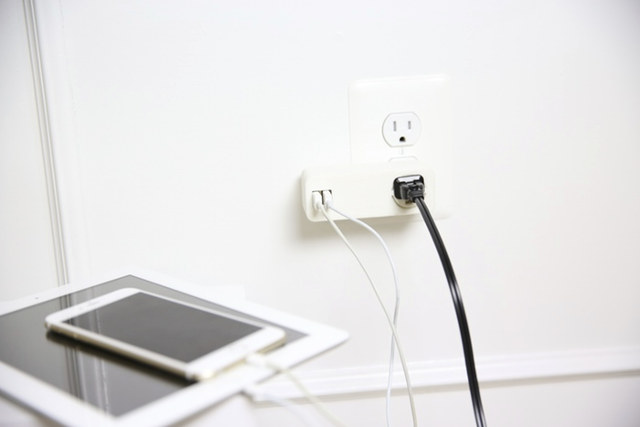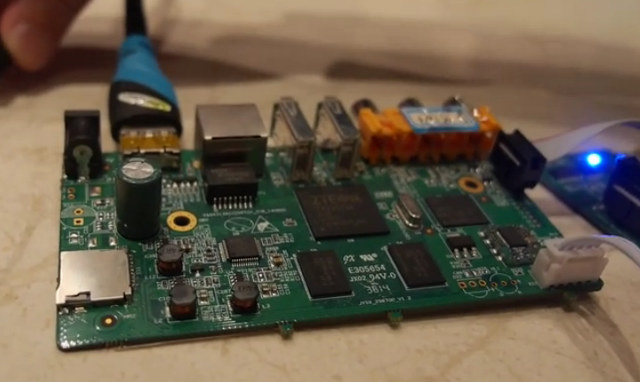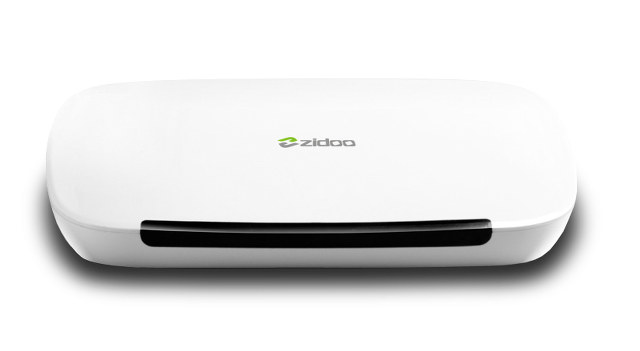Most ARM based mini PCs come with 1 or 2GB RAM, with few exceptions like Nagrace HPH NT-V6 or Tronsmart Draco AW80 Telos featuring 4GB RAM, but they are mostly optimized for Android, and although they can also run Linux desktop distributions there are often caveats with lack of hardware video decoding for example. Solidrun has now added a new model to its Cubox-I mini PC family with Cubox-I 4×4 powered by Freescale i.MX6 quad core processor coupled with 4GB RAM, and it’s also one of the few mini PCs coming with an eSATA port. SolidRun CuBox-i 4×4 specifications SoC – Freescale i.MX6 Quad 4x Cortex A9 @1GHz-1.2GHz with Vivante GC2000 (OpenGL/ES 2.0) System Memory – 4GB 64-bit DDR3 @ 1066 MHz Storage – microSD card slot, eSATA II (3 Gbps) connector Video Output – HDMI 1.4 with 3D support Audio Output – HDMi, optical S/PDIF Connectivity – Gigabit Ethernet […]
Windows 10 IoT Preview for Raspberry Pi 2 and MinnowBoard Max
When Raspberry Pi 2 Model B was released, we were promised a Windows 10 image for the board, and today, Microsoft released “Windows 10 IoT Core Insider Preview” for both the Broadcom BCM2836 based Raspberry Pi 2 and Intel Atom E3800 series based Minnowboard MAX boards. To get started with either board, simply go to Windows IoT – Getting Started page. I’ll quickly go through the instructions for Raspberry Pi 2. Beside the board, you’ll also need a PC running Windows 10 Insider preview (Virtual machine not supported), a 5V power supply, a HDMI cable (optional but recommended), an Ethernet cable, and a 8GB micro SD card, class 10 or better. The you’ll need to configure a connect account, where I had to accept two EULA including “Windows 10 IoT Core Insider Preview EULA”, and once this is done the area of the page for EULA should just be blank, […]
Ventana GW5220 ARM Linux SBC Supports WiFi, Wimax, 3G Cellular Connectivity & PoE
Gateworks recently launched another Freescale i.MX6 board part of theur Ventana family with Ventana GW5220 single board computer with Freescale i.MX6 dual processor, HDMI out, Ethernet, and a PCIe slot that takes modules adding WiFi 802.11 b/g/n/a, 4G Wimax, and 3G (CDMA/GSM) connectivity, as well as other compatible PCIe modules. Gateworks GW5520 board specifications: SoC- Freescale i.MX6 Dual with 2x Cortex A9 core @ 800MHz and Vivante GPU System Memory – 512 MB (default) to 2GB DDR3-800 SDRAM Storage – 256 MB (default) to 2GB Flash, micro SD slot, serial configuration EEPROM Connectivity – 1x Gigabit Ethernet port (RJ45) Video Output and Input – HDMI 1.4 out, CVBS, Y/C, and YPbPr inputs, LVDS output (TIA/EIA 644-A) Audio – HDMI, analog stereo Line In/Out, or Headphone/Mic Expansion – 2x Mini PCIe sockets including one supporting USB and SIM socket, and the other supporting PCIe, mSATA and USB signals. Other I/O ports: […]
USBminiPower USB Power Supply Delivers 3 Outputs: 5V, 3.3V, and a Variable Output up to 14.3V (Crowdfunding)
Yesterday, I found out about a cheap 5V/3.3V USB power supply board, YwRobot MB-102, selling for $1 shipped on Ebay, but one person lamented the lack of 1.8V output, which may be required for example for modules like AsiaRF AWM002 that takes both 3.3V and 1.8V. One way is make your own power board, and get an expensive lab power supply, but I got a solution in my inbox this morning, with USBminiPower, as tiny USB power supply board with three output: 5V, 3.3V and a variable pin between 1V and 14.3V, as well as a 4 digit LED display showing the voltage and intensity just like Charger Doctor. USBminiPower specifications: MCU – Microchip PIC16 MCU (several are supported) Voltage outputs – 5V (from USB port), controllable 3.3V, and controllable & adjustable 1V … 14.3V Display – 4 Digit red LED to display intensity and voltage Max Power – 2.45 […]
Intel Atom Z3735F mini PC Power Consumption in Android
I’ve already measured power consumption running Antutu and playing a 4K video on Rockchip RK3288 and Amlogic S812 platform, as described in “Power Consumption of Amlogic S812 and Rockchip RK3288 TV Boxes“, and now that I have an Intel Bay Trail-T mini PC running Android 4.4 with Wintel W8, I was interested in comparing its power consumption to the ARM platform. [Update: I forgot to mention measurements have all been done @ ~5V.] The test normally consists in several steps: Boot the device Run the latest Antutu benchmark Connect a USB hard drive Play a 4K video in Kodi from the hard drive Diconnect the hard drive Power off the device But since the current draw was a little to high at times, I got a few issues with my setup. First, I had to boot twice hence the “Power On 1” and “Power On 2” strings on the chart, […]
Ottobox Smart Wi-Fi Electric Socket Learns Your Schedule to Save Electricity (Crowdfunding)
There are already quite a few smart Wi-Fi electric sockets like Kankun KK-SP3, Broadlink SP2, or Orvibo Vivo S20 among others that cost between $20 and $45 shipped. They can all be controlled via an Android or iOS app either via the touch of a button, or by setting schedules, and some can also measure power consumption. But what they can’t do, is to automatically learn your schedule or habits, and detect whether you are at home or not, and that’s exactly what Ottoxbox has been designed to do. Ottobox hardware specifications: MCU – Unnamed ARM based micro-controller Connectivity – Wi-Fi and Bluetooth 4.0 Sockets and charging ports 1x 3-pin power socket 2x USB port to charge devices Misc – Multicolor LEDs Mains Voltage – Supports 120V / 220V / 230V and US & UK plug types, and possibly EU too (TBC) Dimensions – 10.80 x 3.8 x 3.8 cm […]
ZTE ZX296702 Dual Core Cortex A9 SoC Boots Android in 10 Seconds with TuxOnice
ZTE XZ296702 is a dual core Cortex A9 processor with a Mali-400 GPU that targets Android set-top boxes and media players, and while Charbax filmed a video with ZX296702-AD1 development board at Linaro Connect HK, initial patchsets were recently submitted to the Linux ARM Kernel mailing list for XZ296702 SoC and the development board. There aren’t any product page for ZX296702 processor, so instead let’s have a look at the board’s specifications: SoC – ZTE ZX296702 dual core ARM Cortex A9 processor with Mali-400 GPU System Memory – 512 MB RAM Storage – 4GB flash + micro SD card Video Output – HDMI + AV (RCA) Audio Output – HDMI + Stereo audio (2x RCA) Connectivity – Ethernet and Wi-Fi USB – 2x USB 2.0 host ports Power Supply – 5V Considering the board is running Android 4.4, the specs are quite low end, however the developers claim to have […]
Zidoo D1 Android DVB-T2 Set-top Box is Powered by ALI M3733 SoC
We’ve already seen Android set-top boxes powered by ALi M3733 dual core Cortex A9 processor with either DVB-T2 or DVB-S2 tuners. Zidoo, the maker of Zidoo X9 Android HDMI player and recorder, have unveiled a new model based on ALi processor dubbed Zidoo D1 that will come with a DVB-T2 tuner, and they’ve also released a video giving a better glimpse of the user interface used in ALi M3733 media players. The hardware specs are very similar to Uyesee L100T2: SoC – ALi M3733 dual core Cortex A9 processor with a dual core Mali-400 GPU System Memory – 512 MB or 1GB DDR3 Storage – 4 or 8 GB NAND flash Video & Audio Output – HDMI 1.4 up to 1080p + 3.5mm AV jack Tuner DVB-T and DVB-T2 with male and female IEC 169-24 connectors for loop and output. Frequency – 104-862MHz (VHF/UHF) Demodulation – QPSK, 16QAM, 64QAM for DVB-T; […]


